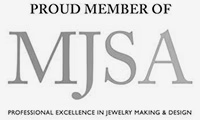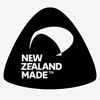As one of New Zealand's premier jewellers, our clients (both in our showroom and online) frequently ask us questions about how to choose the perfect ring. Your engagement is a special time in your life and you want the ring to signify your love and commitment. You also want to be confident you are buying a ring that holds value commensurate with its cost, and that you are making an educated purchase.
At Jens Hansen, we celebrate the love you share with your partner and want you to have a meaningful symbol to share on your special day (and for the rest of your lives.) We also know there are many resources available to help you choose your engagement ring on the internet. This buyer's guide aims to simplify your research by focusing on the most important aspects of a ring you should understand including choosing the right metal, choosing the right stone, choosing the right setting, and choosing the right band.
Finally, as you learn about choosing the perfect engagement ring for your partner, look for our PRO TIP notations, which address common buyer concerns or provide expert insight to help be a more informed consumer.
Ready to learn about how to buy an engagement ring? Great! Here we go!







